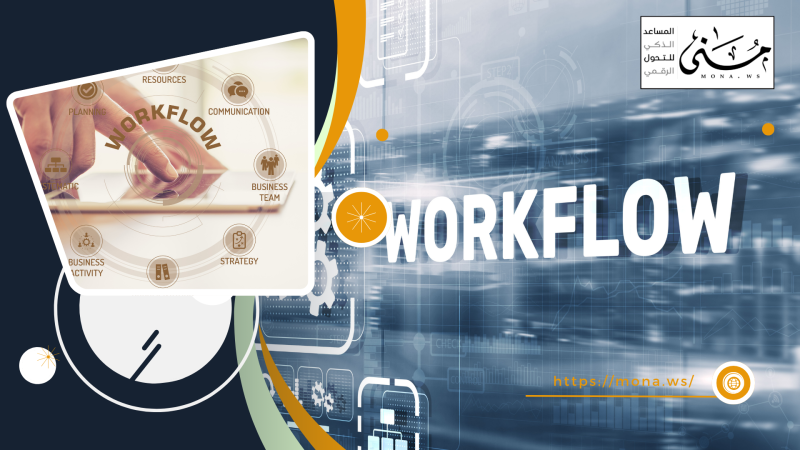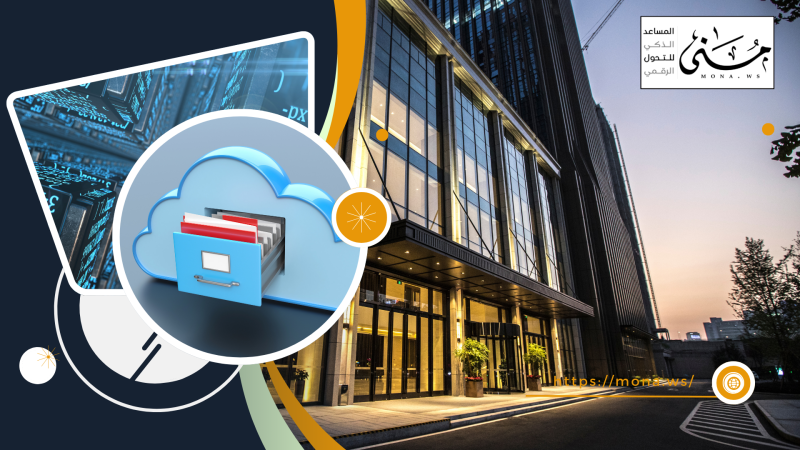Nonprofit organizations are the lifeblood of communities, offering essential support to the most vulnerable populations. Yet, despite their noble mission, they often face persistent operational challenges—limited resources, scattered volunteer efforts, and difficulty in tracking assigned tasks. These obstacles, compounded by a lack of transparency and the risk of duplicated work, drain time and energy and hinder the achievement of desired outcomes.
In today’s fast-paced digital age, technology is no longer a luxury—it’s a necessity. Modern platforms offer integrated systems capable of streamlining operations and drastically improving efficiency. This article presents an inspiring case study of a charitable organization that successfully leveraged a specialized operations management platform—particularly its task assignment and tracking capabilities—to transform its challenges into tangible achievements, resulting in a major leap in organizational performance.
Operational Reality: Before the Digital Shift
Before embracing a fully digital approach, the leading nonprofit—dedicated to supporting children's education and health—grappled with severe operational inefficiencies that limited its impact and strained its capacity.
Coordinating the efforts of hundreds of geographically dispersed volunteers was nearly impossible. Imagine hundreds of individuals working in different regions, communicating through fragmented WhatsApp groups, unrecorded phone calls, and rarely-checked emails. This fragmentation led to a lack of visibility over the progress of operations. Management had no clear insight into who was doing what, which tasks were completed, or even which ones had started. It was like trying to conduct an orchestra without a conductor or a shared musical score.
The situation was exacerbated by overlapping and duplicated efforts. It wasn’t uncommon for two or more teams to unknowingly work on the same task. For example, one team might collect data on families in need in a specific area, only to discover that another team was gathering the exact same information for the same region. This duplication wasted scarce resources such as volunteer time and travel costs, and demoralized volunteers who felt their efforts lacked impact.
Moreover, performance monitoring and impact assessment were virtually impossible. Without a centralized system to log and track tasks, there was no way to evaluate volunteer effectiveness or identify strengths and weaknesses. The organization couldn't determine which tasks took the longest, which regions needed the most support, or which volunteers were most efficient. This lack of data prevented better resource allocation and hindered future planning.
Collectively, these factors significantly impaired the organization’s ability to fulfill its mission. Although the effort was there, the impact fell short due to deep-rooted operational inefficiencies that drained time and energy instead of directing them toward the nonprofit’s higher goals.
The Digital Solution: Powering Centralized Planning and Execution
In its pursuit of greater efficiency and impact, the nonprofit took a strategic step toward operational excellence: it adopted a comprehensive document and process management system. More than just a digital tool, this system was a thoughtfully crafted framework to simplify complex workflows and deliver real solutions to longstanding challenges.
The heart of this transformation was the platform’s robust task management capability. It allowed not just the creation of tasks but provided an end-to-end framework: clearly assigning responsibilities to individuals or teams, setting precise deadlines, and offering real-time progress tracking. This level of control and clarity had never been possible before.
This feature proved ideal for nonprofits, especially those with dispersed volunteer bases. It not only streamlined task delegation but also ensured unprecedented levels of transparency and accountability. Every volunteer now knew exactly what was expected of them, when, and how their work contributed to the bigger picture. This clarity fostered ownership and commitment.
Adopting the system wasn’t just a technical installation—it was a full-scale transformation. It began with intensive training sessions for both management and volunteers, designed to ensure users could take full advantage of the system. Additionally, the platform was customized to meet the nonprofit’s unique needs, including flexible templates for recurring tasks and well-defined workflows. These enhancements ensured smooth execution and encouraged team synergy through built-in integrations, unifying efforts across departments. This structured approach didn’t just change how tasks were managed—it transformed the organization’s internal culture.
The Outcomes: Performance and Institutional Impact
The implementation of the system—particularly its task management capabilities—resulted in a dramatic transformation:
• Efficient and Targeted Task Assignment:
No longer were tasks assigned vaguely or randomly. Management could now assign clear, detailed responsibilities. Instead of giving general instructions, tasks were specific: "Organize an Eid clothing drive, including defining collection points and delivery dates," or "Coordinate school visits to assess primary-level health needs." Smart indexing linked these tasks to relevant documents—like donor lists or previous reports—eliminating any ambiguity. Everyone knew their exact role and how their work served the nonprofit’s mission.
• Elimination of Duplication:
Thanks to centralized visibility, the platform resolved overlapping efforts. Previously, if two teams gathered the same data from one area, the workflow dashboard now listed each task once—clearly marked with responsible parties. This prevented unnecessary duplication and redirected time and resources toward other impactful initiatives.
• Enhanced Progress Monitoring:
The system provided robust dashboards and reporting tools for real-time tracking. Managers could instantly view task completion rates, spot delays, and take corrective action as needed. Continuous data syncing ensured accuracy. With reliable data, planning improved significantly—decisions were now based on actual performance metrics, allowing the organization to adjust strategies with confidence.
• Strengthened Communication and Collaboration:
Beyond task management, the platform enabled integrated communication channels for each task. Volunteers and managers could easily share notes and updates—without switching apps. Feedback loops improved, and problem-solving became faster, especially with one-click email integration that preserved context-rich conversations within each task.
• Increased Transparency and Accountability:
Clear role definitions gave volunteers a better understanding of their responsibilities and how they contributed to larger goals. This transparency fostered ownership, trust, and accountability, creating a positive, high-responsibility culture.
• Overall Efficiency and Institutional Growth:
Ultimately, the system led to significant time and cost savings. More projects were completed, and the quality of execution improved. This allowed the organization to reach more beneficiaries with greater impact, accelerating its mission and amplifying its positive presence in the community.
Challenges and Lessons Learned
The transition wasn’t without its hurdles. Some volunteers initially resisted change, preferring traditional methods. Continuous training was necessary to ensure everyone understood the system’s full potential. However, through intensive workshops, ongoing technical support, and showcasing real-life benefits, the organization overcame these challenges.
Key lessons for other nonprofits include:
-
The importance of upfront planning and choosing a system that aligns with the organization’s specific needs.
-
Investment in user training is critical for successful adoption.
-
A phased rollout—starting with select departments—can help ease the transition.
Conclusion: A Call to Action
This nonprofit’s experience proves that task management tools are more than software—they are enablers of growth and efficiency. By adopting advanced digital capabilities, the organization overcame traditional volunteer management hurdles and transformed them into opportunities for improvement.
This digital shift led to enhanced transparency, reduced duplication, and vastly improved organizational performance—allowing the nonprofit to serve more people with greater effectiveness.
Their success story is a clear call to action for other nonprofits: embrace digital solutions to maximize your impact. In an increasingly digital world, the ability to manage tasks and resources efficiently is key to sustainable growth—and to ensuring charitable efforts reach those who need them most.






Comments
Add New Comment